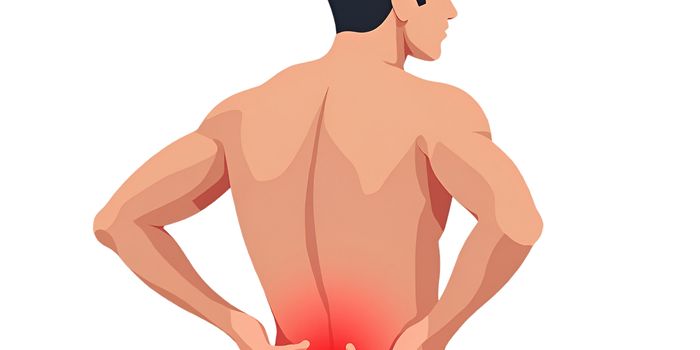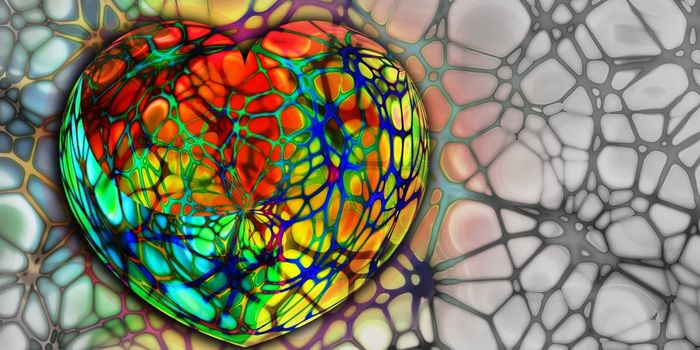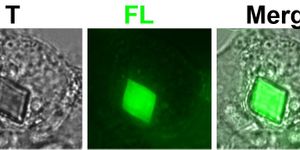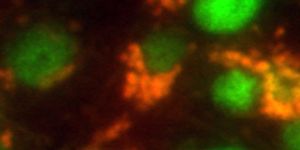To find out how blood flow in the heart shields against the hardening of valves in cardiovascular disease, researchers used human cells. They have pinpointed a possible way to remedy this process when it goes awry by tweaking just a few genes. Their discoveries may have significance for related conditions such as hardening of the arteries, which triggers stroke and heart attacks.
For a person with calcific aortic valve disease (CAVD), which can arise as people get older, the heart valves start to make calcium, which makes them rigid, like bone. It is no surprise that blood flow in the heart is instrumental in the calcification of valves and arteries, but scientists did not know how it happens. CAVD ranks as the third leading cause of heart disease.

Investigators from the Gladstone Institutes, San Francisco, have detailed the process that spurs healthy valves to become bone-like in a study published in the journal Cell. Deepak Srivastava, MD, director of cardiovascular and stem cell research, Gladstone Institutes, and a pediatric cardiologist, University of California San Francisco (UCSF), the paper's senior author, had already found that disruption of one of two copies of a master gene called NOTCH1 can cause valve birth defects and CAVD.
The researchers now say that NOTCH1 behaves like a sensor on the endothelial cells (which line the valve and vessels) discovering the existence of blood flow outside of the cell and relaying information to a web of genes in the cell.
Blood flow mobilizes NOTCH1, resulting in a chain reaction, prompting various other genes in the web to shut on or off, which brings about suppression of inflammation and calcification. But, if this activity is interrupted by a decrease in NOTCH1, the cells become baffled, and begin behaving like bone cells, depositing calcium and bringing about a lethal hardening of the valve.
Srivastava and colleagues used stem cell technology to manufacture lots of endothelial cells from patients with CAVD, comparing them to healthy cells and mapping their genetic and epigenetic changes as they became valve cells. The researchers used gene sequencing and deft computational methods to reveal the "source code" for human endothelial cells and to find out how the code is disrupted in disease.
"Identifying these master regulators is a big step in treating CAVD, not just in people with the NOTCH1 mutation, but also in other patients who experience calcification in their valves and arteries," Srivastava says. "Now that we know how calcification happens and what the key nodes are, we know what genes to look for that might be mutated in other related forms of cardiovascular disease."
The paper is titled "Human Disease Modeling Reveals Integrated Transcriptional and Epigenetic Mechanisms of NOTCH1 Haploinsufficiency."









